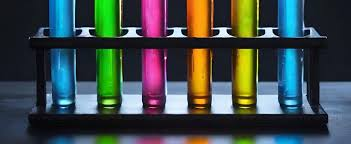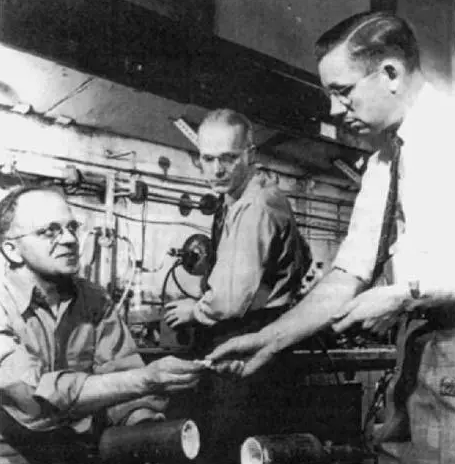Frequently made use of ingredients in plastic color matching consist of dispersants, lubricants, diffusion oils, combining agents, compatibilizers, and so on. Typically experienced resin additives include fire resistants, toughening representatives, brighteners, UV preventions, antioxidants, anti-bacterial representatives, antistatic agents, etc. One of the most usual ones are fillers for cost decrease or physical modification, such as light calcium carbonate, hefty calcium carbonate, talc, mica, kaolin, silica, titanium dioxide, red mud, fly ash, diatomaceous earth, wollastonite, glass beads, barium sulfate, calcium sulfate, and so on, as well as organic fillers, such as wood flour, corn starch, and other agricultural and forestry by-products. Filling and enhancing materials consist of glass fiber, carbon fiber, asbestos fiber, synthetic organic fiber, and so on
Suppose the above additives are contributed to the item’s resources. In that case, they have to be contributed to the material basic materials in the same proportion in the color-matching proofing so as not to generate a color difference in the succeeding production.
(Additives for Plastic Color Matching)
Dispersant
Dispersant kinds include fatty acid polyurea, hydroxy stearate, polyurethane, oligomeric soap, etc
Presently, the generally used dispersant in the industry is lube. Lubricating substances have excellent dispersibility and can additionally improve the fluidity and demolding performance of plastics throughout molding.
Lubes are divided right into internal lubes and exterior lubricating substances. Interior lubes have a certain compatibility with resins, which can lower the cohesion in between material molecular chains, reduce melt thickness, and improve fluidity. External lubes have poor compatibility with resins. They adhere to the surface area of liquified resins to develop a lubricating molecular layer, thereby minimizing the friction in between resins and handling equipment.
Lubricants
According to the chemical structure, they are primarily split right into hydrocarbons, steel soaps, lubricating substances that play a demolding duty, fatty acids, fatty acid amides, and esters.
Such as vinyl bis ceramide (EBS)
EBS (Ethylene Bis Stearamide), additionally referred to as vinyl bis stearamide, is a very reliable inner and external lubricating substance and dispersant extensively used in the plastic processing industry. It is suitable for all thermoplastic and thermosetting plastics, consisting of yet not limited to polyethylene (PE), polypropylene (PP), polystyrene (PS), polycarbonate (PC), polyamide (), polyester (PET/PBT), polyurethane (PU), phenolic resin, epoxy material, and so on. Below are some of the primary roles of EBS in these plastics:
(EBS Ethylene Bis Stearamide Emulsion)
Diffusion
As a dispersant, EBS can help equally distribute fillers and pigments during plastic processing, prevent load, and boost the diffusion and stability of pigments and fillers. This aids enhance the shade uniformity and mechanical residential or commercial properties of the end product. As an example, in masterbatch production, EBS can make certain that pigment bits are uniformly dispersed in the service provider resin to ensure that consistent shade is displayed in succeeding plastic products.
Interior lubrication
In the plastic melt, EBS can reduce the friction in between particles and the shear tension of the plastic melt, therefore lowering the melt viscosity and making the thaw circulation smoother. This helps in reducing pressure throughout extrusion or injection molding, lowers processing temperatures, and shortens molding cycles, while additionally lowering energy usage, boosting handling effectiveness, and enhancing the service life of equipment.
External lubrication
EBS creates a slim lubricating movie on the plastic surface area, which can reduce the friction between the plastic melt and the metal mold, enhance demolding performance, and avoid sticking of plastic products throughout molding. This not only assists to enhance the surface area coating of the item and decrease defects but likewise simplifies the post-processing process and enhances manufacturing efficiency.
Various other functions
Along with the above primary functions, EBS can also be utilized as an antistatic representative to boost the antistatic homes of plastic items and reduce issues such as dirt adsorption caused by fixed electrical power. In some applications, EBS can also improve the climate resistance and chemical resistance of plastic products.
In the shot molding process, when dry tinting is made use of, surface area treatment representatives such as white mineral oil and diffusion oil are normally added throughout blending to play the function of adsorption, lubrication, diffusion, and demolding. When readjusting the shade, it ought to additionally be added to the raw products symmetrical. First, include the surface treatment representative and tremble well, then add the color powder and shake well.
When choosing, the temperature level resistance of the dispersant need to be identified according to the molding temperature level of the plastic basic material. From a price perspective, in concept, if a tool and low-temperature dispersant can be made use of, a high-temperature immune one ought to not be chosen. High-temperature dispersants require to be immune to more than 250 ° C.
Supplier of EBS Ethylene Bis Stearamide Solution
TRUNNANO is a supplier of 3D Printing Materials with over 12 years experience in nano-building energy conservation and nanotechnology development. It accepts payment via Credit Card, T/T, West Union and Paypal. Trunnano will ship the goods to customers overseas through FedEx, DHL, by air, or by sea. If you want to know more about EBS Emulsion, please feel free to contact us and send an inquiry.
Inquiry us



